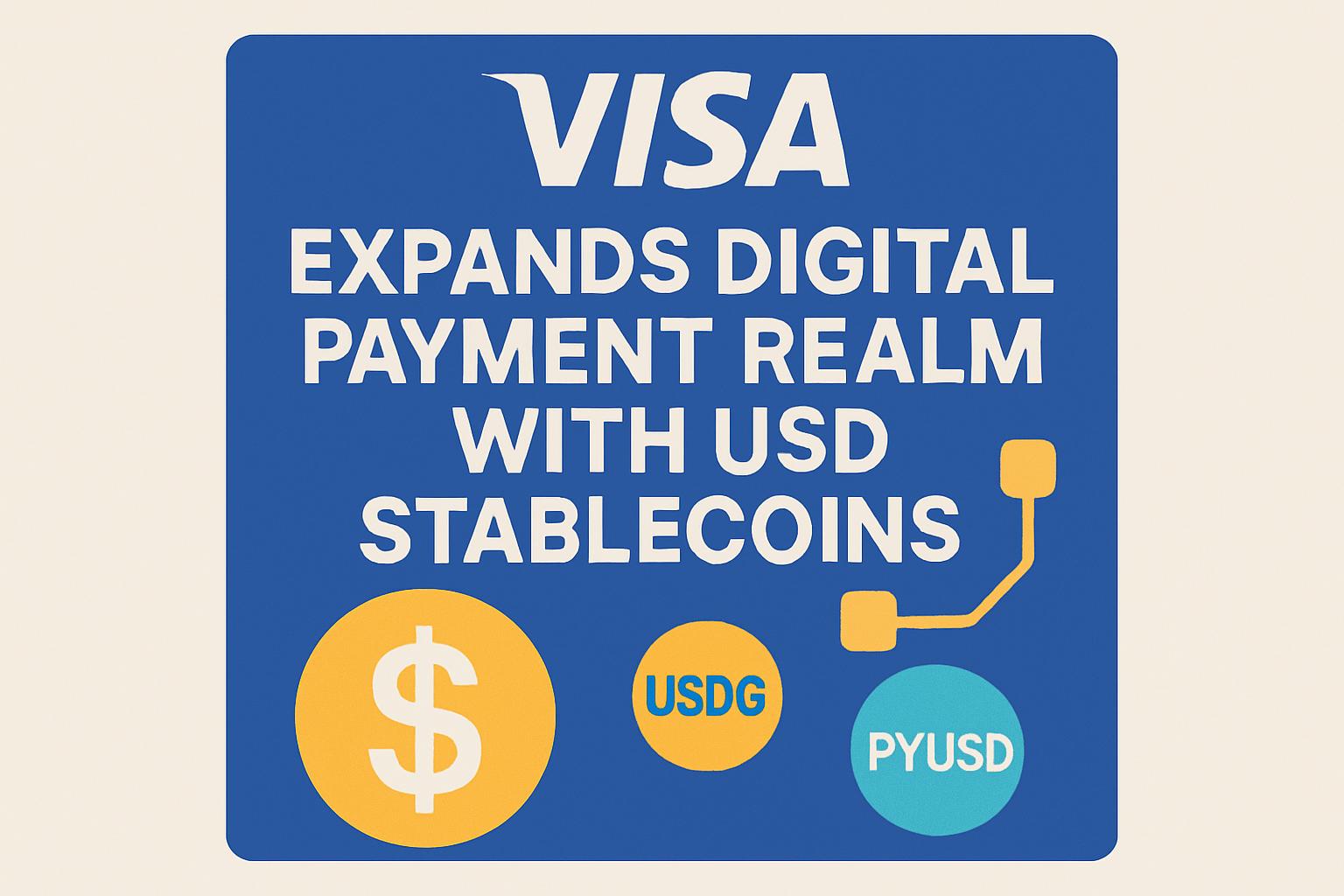The digital payment landscape continues to evolve as Visa, a global leader in financial services, announced a significant enhancement to its settlement network, now supporting two prominent USD stablecoins: Global Dollar (USDG) and PayPal USD (PYUSD). In a move that underscores Visa’s commitment to innovation, they have expanded their infrastructure to include the Stellar and Avalanche blockchains, alongside existing Ethereum and Solana services. Additionally, Visa adds support for Circle’s EURC, aligning with the growing interest in stablecoin integration.
Visa’s Strategic Expansion in the Stablecoin Ecosystem
As the world increasingly turns to stablecoins for their stability and reliability in digital transactions, Visa is positioning itself at the forefront of this transformation. In a recent press release, Visa highlighted its efforts to support the expanding stablecoin ecosystem, reinforcing its leadership in facilitating secure and efficient transactions for issuing and acquiring institutions globally. The firm’s product growth and strategy leader, Rubail Birwadker, noted that Visa is building a multichain, multicurrency infrastructure to meet the needs of global partners, believing that trusted, scalable, and interoperable stablecoins can fundamentally change the movement of money worldwide.
Integrating Multiple Stablecoins and Blockchain Networks
Visa’s settlement network’s recent collaboration with Paxos signifies a proactive approach to incorporate USDG and PYUSD stablecoins. This integration brings more options for digital payments in a market hungry for versatile, flexible solutions. By already supporting Ethereum and Solana, and now adding Stellar and Avalanche, Visa is positioning itself to support a broad range of stablecoin activities. The inclusion of Circle’s EURC further demonstrates Visa’s commitment to integrating popular currency pairs into their digital realm, responding to rising Euro-based stablecoin demand.
With Visa’s network supporting settlement in over 25 fiat currencies, select pilot partners are now capable of conducting settlement using both USD and Euro-backed stablecoins. This duality not only offers enhanced convenience but addresses some stability concerns associated with U cards, commonly used in USD stablecoin transactions.
Earlier this year, Visa’s partnership with the stablecoin coordination platform Bridge, a subsidiary of Stripe, unveiled a cutting-edge card solution. This new offering integrates secure stablecoin transactions, meeting the market’s call for streamlined digital currency expenditures.
This development marks Visa’s sustained effort to adapt and thrive in the digital currency era, providing robust infrastructures that meet the global financial landscape’s demands. As stablecoins continue to pave the way for digital finance, Visa’s innovations set a precedent for the industry’s future trajectory.

![[News] Bitcoin at a Turning Point? 10x Research Signals a Bullish Macro Shift Ahead](https://cryptoexplores.com/wp-content/uploads/2025/06/new20250616.jpg)
![[News] Binance Lists $HOME, the Gas-Free, Bridge-Free All-in-One DeFi App](https://cryptoexplores.com/wp-content/uploads/2025/06/news20250617.jpg)